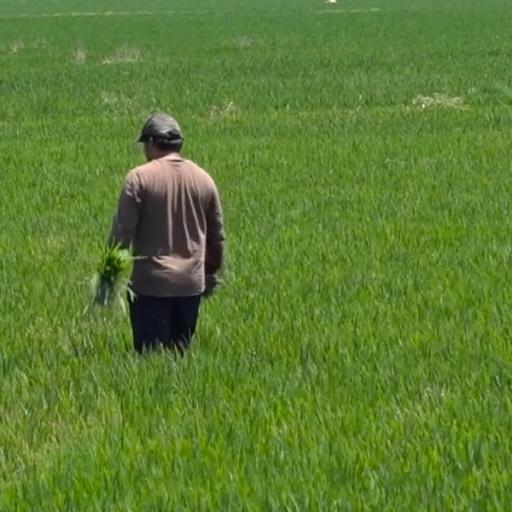The abundant economic literature on the estimation of stochastic production frontier functions and the subsequent measurement of technical inefficiency has in general assumed that the underlying technology displays some degree of substitutability between factors of production. In effect, a production technology with zero input elasticity of substitution would imply that the cost-minimizing inputs are independent of their prices, which is an untenable assumption in many real world applications. And yet some specific types of production activities exhibit a zero elasticity of substitution. Some examples are given by Komiya (1962) who investigated the technological progress in the US steam power industry, Lau and Tamura (1972) who propose the use of a non-homothetic Leontief production function to analyze the Japanese petrochemical industry, Nakamura (1990) who utilized a nonhomothetic generalized Leontief technological structure for empirically analyzing Japanese iron and steel industry, Holvad et al. (2004) who maintain that the transport industry might be characterized by Leontief-type technologies when analyzing cost efficiency in the Norwegian bus industry. Yet in agricultural economics literature, the contributions of Paris and co-authors when modeling crop response to different fertilizer’s nutrients levels they maintained zero substitution among crop nutrients.
The issue of measuring technical inefficiency in the case of the above Leontief type technologies is of interest in itself since Farrell’s radial measures, which are the basis for most applied work on the measurement of efficiency, might not be adequate. Indeed, it might sometimes classify inefficient input combinations as being efficient and vice-versa, moreover, input- and output-oriented measures might not coincide. Once technology is governed by a Leontief type structure it is very plausible to have inefficiency being displayed by none, all or a subset of the inputs, rendering radial measures unsatisfactory. In addition, output-oriented measures might fail to recognize inefficiencies when they affect a subset of the inputs only.
In the light of the above discussion, the purpose of this paper is to propose a stochastic frontier model, where input-oriented technical efficiency can be defined and measured. Our measure of efficiency is based on Russell’s measure which is a non-radial measure allowing for the asymmetric treatment of inputs. Towards this end, the disequilibrium model of Maddala and Nelson (1974) is extended so as to allow for the possibility of regime dependent inefficiency. Although the stochastic frontier model that is presented below can be applied to any production process exhibiting nonsubstitution of inputs, the exposition that follows will take the von Liebig model from the crop response literature as the reference framework. The proposed stochastic frontier von Liebig model is then applied to the well known experimental dataset of Heady and Pesek (1954). It should be emphasized at this time that the point of the present study is not to investigate whether the von Liebig function gives a better representation of crop response but to take the model as a starting point and propose a way to incorporate technical efficiency measurement.







